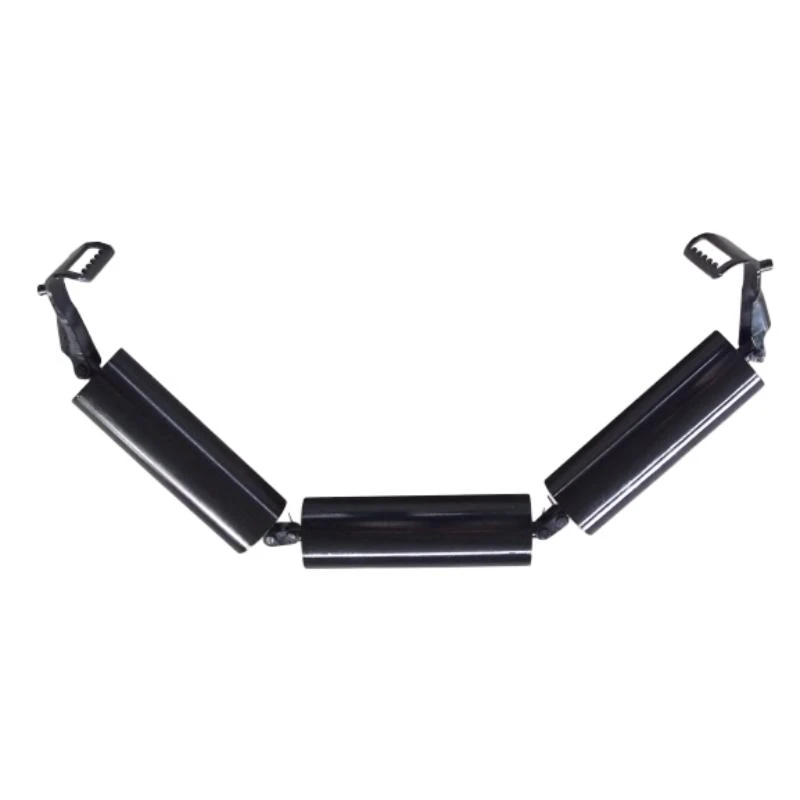 Afrikaans
Afrikaans  Albanian
Albanian  Amharic
Amharic  Arabic
Arabic  Armenian
Armenian  Azerbaijani
Azerbaijani  Basque
Basque  Belarusian
Belarusian  Bengali
Bengali  Bosnian
Bosnian  Bulgarian
Bulgarian  Catalan
Catalan  Cebuano
Cebuano  Corsican
Corsican  Croatian
Croatian  Czech
Czech  Danish
Danish  Dutch
Dutch  English
English  Esperanto
Esperanto  Estonian
Estonian  Finnish
Finnish  French
French  Frisian
Frisian  Galician
Galician  Georgian
Georgian  German
German  Greek
Greek  Gujarati
Gujarati  Haitian Creole
Haitian Creole  hausa
hausa  hawaiian
hawaiian  Hebrew
Hebrew  Hindi
Hindi  Miao
Miao  Hungarian
Hungarian  Icelandic
Icelandic  igbo
igbo  Indonesian
Indonesian  irish
irish  Italian
Italian  Japanese
Japanese  Javanese
Javanese  Kannada
Kannada  kazakh
kazakh  Khmer
Khmer  Rwandese
Rwandese  Korean
Korean  Kurdish
Kurdish  Kyrgyz
Kyrgyz  Lao
Lao  Latin
Latin  Latvian
Latvian  Lithuanian
Lithuanian  Luxembourgish
Luxembourgish  Macedonian
Macedonian  Malgashi
Malgashi  Malay
Malay  Malayalam
Malayalam  Maltese
Maltese  Maori
Maori  Marathi
Marathi  Mongolian
Mongolian  Myanmar
Myanmar  Nepali
Nepali  Norwegian
Norwegian  Norwegian
Norwegian  Occitan
Occitan  Pashto
Pashto  Persian
Persian  Polish
Polish  Portuguese
Portuguese  Punjabi
Punjabi  Romanian
Romanian  Russian
Russian  Samoan
Samoan  Scottish Gaelic
Scottish Gaelic  Serbian
Serbian  Sesotho
Sesotho  Shona
Shona  Sindhi
Sindhi  Sinhala
Sinhala  Slovak
Slovak  Slovenian
Slovenian  Somali
Somali  Spanish
Spanish  Sundanese
Sundanese  Swahili
Swahili  Swedish
Swedish  Tagalog
Tagalog  Tajik
Tajik  Tamil
Tamil  Tatar
Tatar  Telugu
Telugu  Thai
Thai  Turkish
Turkish  Turkmen
Turkmen  Ukrainian
Ukrainian  Urdu
Urdu  Uighur
Uighur  Uzbek
Uzbek  Vietnamese
Vietnamese  Welsh
Welsh  Bantu
Bantu  Yiddish
Yiddish  Yoruba
Yoruba  Zulu
Zulu troughing rolls
Understanding Troughing Rolls A Key Component in Conveyor Systems
In various industrial applications, the efficient movement of materials is crucial. Among the essential components that facilitate this movement are troughing rolls. These specialized conveyor rollers play a significant role in the design and functionality of belt conveyors, making them indispensable in industries ranging from mining to manufacturing.
What are Troughing Rolls?
Troughing rolls are rollers that are designed to hold and support conveyor belts in a trough-like shape. This configuration allows for the effective containment of materials, preventing spillage and ensuring that loads remain stable during transport. Typically, troughing rolls are arranged in a specific pattern, with the center roller positioned lower than the side rollers, creating a trough that supports the weight and shape of the belt and the materials it carries.
Importance of Troughing Rolls in Conveyor Systems
1. Material Containment One of the primary advantages of troughing rolls is their ability to contain bulk materials. Whether transporting coal, ores, or aggregates, the troughing configuration minimizes the risk of spillage, which can lead to safety hazards and product loss.
2. Stability and Support Troughing rolls provide essential support to the conveyor belt by maintaining its shape and alignment. This stability is crucial for ensuring smooth operation and reducing wear on both the belt and the roller system.
3. Efficiency By efficiently guiding materials along the conveyor system, troughing rolls enhance the overall productivity of material handling processes. This efficiency results in reduced downtime and lower operational costs.
4. Versatility Troughing rolls are designed to accommodate various conveyor belt widths and angles. This versatility enables their use in numerous applications, from light-duty operations in warehouses to heavy-duty applications in mining and quarrying.
troughing rolls

Design Considerations for Troughing Rolls
When designing or selecting troughing rolls for specific applications, several factors should be considered
- Angle of Trough The angle at which the rolls are set significantly impacts the material-holding capacity. Common configurations include a 20-degree, 30-degree, or 45-degree trough angle, depending on the type of material and operational requirements.
- Roller Diameter and Width The diameter and width of the troughing rolls should match the conveyor belt's specifications. Larger diameters can enhance load capacity, while wider rollers can accommodate larger volumes of material.
- Material Composition Troughing rolls can be made from various materials, including steel, plastic, or rubber, depending on the operating environment and the nature of the materials being transported. For corrosive or abrasive materials, durable materials are essential to reduce wear and prolong the lifespan of the rolls.
- Maintenance Access Easy access for maintenance is critical. Troughing rolls should be designed for straightforward inspection and replacement to minimize downtime and maintain optimal functionality.
Conclusion
Troughing rolls are vital to the success and efficiency of conveyor systems in numerous industries. Their design not only facilitates the effective transportation of bulk materials but also contributes to the overall safety and reliability of the material handling process. By understanding the critical role troughing rolls play and considering their design elements, businesses can optimize their conveyor systems for enhanced productivity and lower operational costs. Whether in a quarry, warehouse, or manufacturing facility, the presence of well-designed troughing rolls can make a significant difference in the efficiency and effectiveness of material transport.
-
Wing Pulley Conveyor for Conveyor Belt MaintenanceNewsJun.16,2025
-
Self Cleaning Spiral Idler for Conveyor DesignNewsJun.16,2025
-
Pulley Lagging for Conveyor Belt AlignmentNewsJun.16,2025
-
Impact Idlers Used in Belt Conveyor for PerformanceNewsJun.16,2025
-
Ceramic Lagging Conveyor Pulley for Conveyor Belt SystemsNewsJun.16,2025
-
Belt Conveyor Idler for Heavy-Duty ApplicationsNewsJun.16,2025





























